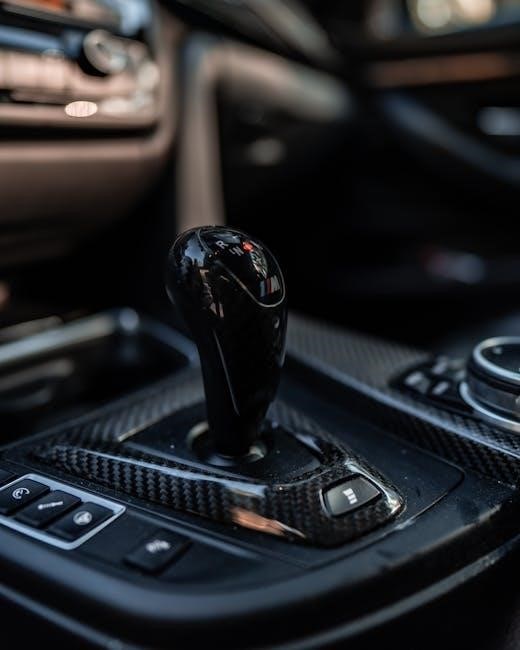A manual transmission is a complex system that relies on various components to work together seamlessly. One of the key components in a manual transmission is the synchronizer. In this article, we will delve into the world of synchronizers, exploring their role, function, and importance in a manual transmission.
What is a Synchronizer?
A synchronizer is a component in a manual transmission that enables smooth shifting between gears. It is responsible for synchronizing the speed of the gears, allowing the driver to shift gears effortlessly. Synchronizers have been used in manual transmissions for over 50 years and have evolved into complex engineering solutions.
How do Synchronizers Work?
To understand how synchronizers work, it’s essential to know how a transmission switches gears. In a transmission, there is an input shaft connected to the engine and an output shaft connected to the wheels. The synchronizer’s role is to synchronize the speed of the gears, allowing the driver to shift gears smoothly. When the driver presses the clutch pedal, the synchronizer engages, and the gears are synchronized, enabling the driver to shift gears effortlessly.
Types of Synchronizers
There are different types of synchronizers used in manual transmissions, including:
- Strut-type blocking synchronizer: This is the most common type of synchronizer used in passenger car manual transmissions.
- Constant mesh synchronizer: This type of synchronizer is used in high-performance applications.
- Sequential synchronizer: This type of synchronizer is used in sequential manual transmissions.
Removing and Replacing Synchronizers
Removing and replacing synchronizers can be a complex process. To remove a synchronizer, the transmission must be disassembled, and the offending synchronizer must be removed. A new synchronizer can then be installed, and the transmission can be reassembled. It’s essential to have a shop manual available for reference during this process.

Importance of Synchronizers
Synchronizers play a crucial role in the smooth operation of a manual transmission. They enable seamless shifting between gears, reducing wear and tear on the transmission and other components. Synchronizers also help to improve fuel economy and reduce emissions.

For those interested in learning more about synchronizers and manual transmissions, there are many resources available, including:
- Shop manuals: These provide detailed instructions for removing and replacing synchronizers;
- Online forums: These can provide valuable information and advice from experienced mechanics and transmission specialists.
- Repair shops: These can provide professional assistance with removing and replacing synchronizers.


By understanding the role and function of synchronizers in a manual transmission, drivers can appreciate the complexity and sophistication of modern transmissions and take steps to maintain and repair their vehicles.

